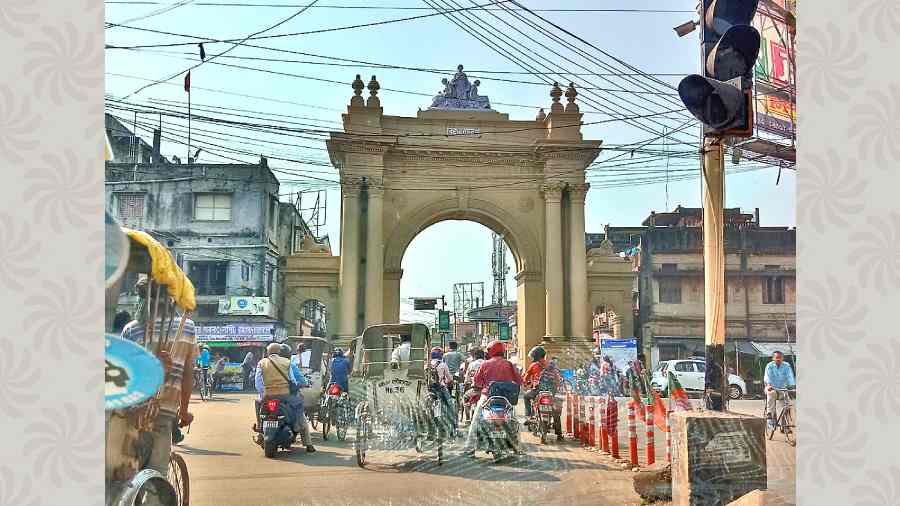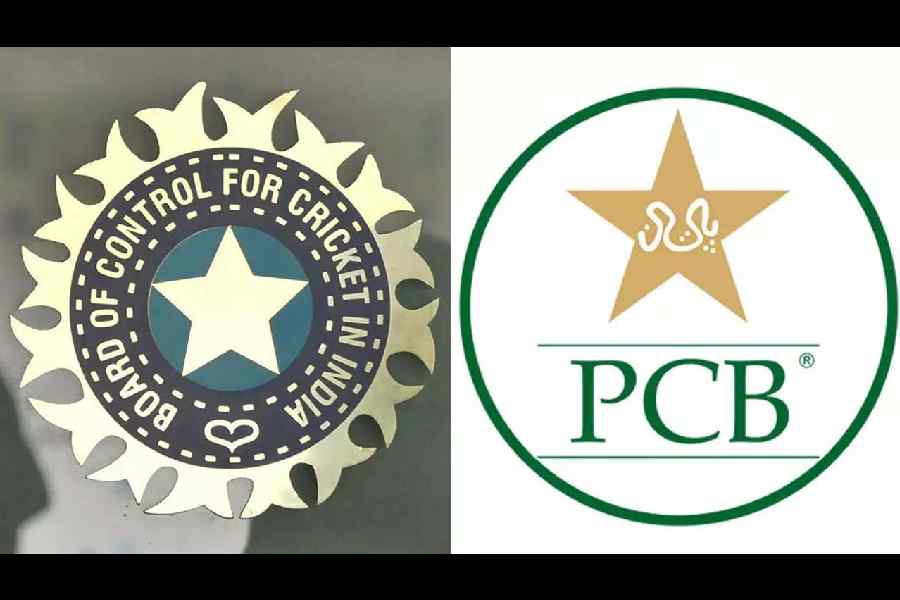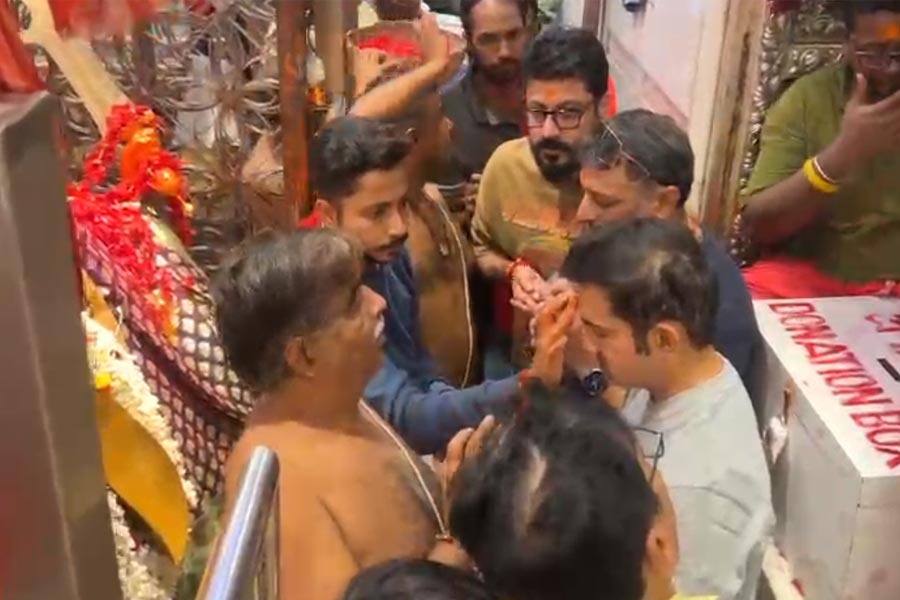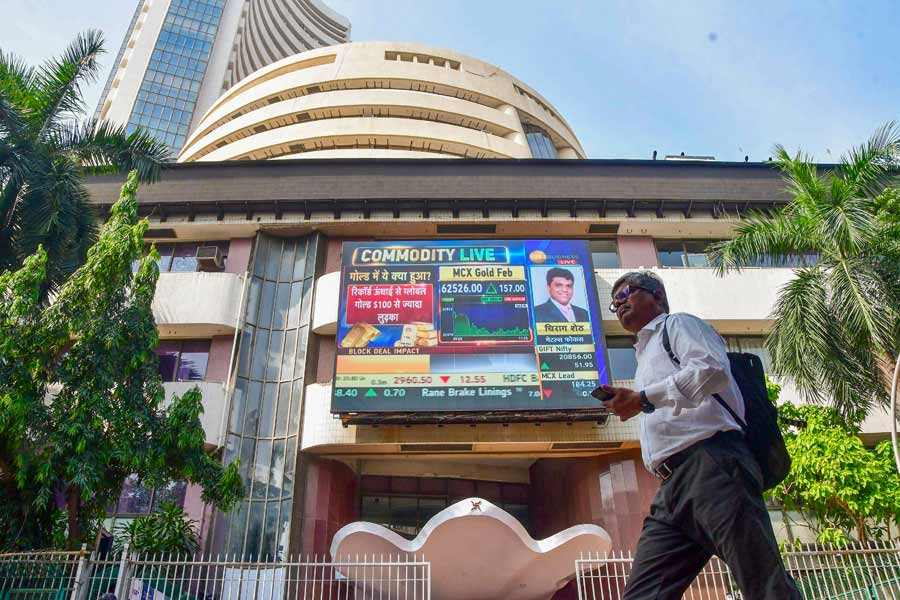When it was time finally to bid my jalopy goodbye, little did I imagine I would be steered into history.
The story, broadly, goes like this. I sold the vehicle to a company that deals in used cars. Things were pretty professional and smooth, and came with the assurance that the transfer of ownership would happen within 90 days. A call came a few days beyond the stipulated period, asking me to appear at the motor vehicles’ office in Burdwan, some 100 kilometres from my place in north Calcutta.
That the company kept sending SMSes to the effect that the “transfer” was scheduled to happen in Barrackpore (where my car was registered) while the people who had bought the car kept insisting that I would have to go to Burdwan is another story.
A friend offered to drive me down and we set out on a weekday morning. On the way, I figured out that work had taken him to Burdwan a couple of times and I let out a sigh of relief that we wouldn’t have to rely on Google Maps, which has a tendency to misguide. This was my maiden trip into the city; thus far I had only bypassed it a couple of times on the way to Santiniketan.
The first epigraphic reference to Burdwan dates back to the 6th century. About a kilometre from the city limits, we called the point person for directions. All I could figure out was that we were to reach a certain “Curzon Gate” area — “Karjon Gate” according to that man — and he would meet us there. My friend explained it was the most prominent landmark in the city, which is currently the headquarters of East Burdwan district.
As we rolled in, it became increasingly difficult to imagine we were still on Grand Trunk Road and that any grand structure could be standing in such a crowded thoroughfare flanked by shops and houses. But I was told it does and so my eyes were glued to my left, on which side it was supposed to appear.
We stopped at the traffic lights of a busy intersection and my friend declared this was it — the Curzon Gate.
Gate? Nothing remotely resembling a gate was in sight! All I could see was a mesh of wires crisscrossing above us, a bustling marketplace to our left, a typical steel-grey-and-blue traffic kiosk at the centre of the crossing ahead, and milling traffic.
“Where is your man,” came the question as the car started inching towards the crossing. There he was, tall and slim, in a blue shirt and jeans, standing by the divider.
As we pulled away, I made one last desperate attempt to look back and there it was — the majestic archway comprising four Corinthian columns on each side and two smaller side arches crowned by a lion each!
The structure is sandwiched between a three-storey building and a two-storey one, and you would be forgiven for thinking that Curzon’s gate had grown out of those.
Three white female figurines in Grecian robes stood atop the structure, and below was inscribed in white — no, not Lord Curzon’s name, but Bijoy Toran.
You see, the ochre gate stands where Bijoy Chand Road meets Grand Trunk Road. It was constructed when zamindar Bijoy Chand Mahtab took charge of Burdwan province. Apparently, he named it Curzon Gate to mark the Viceroy of Bengal Lord Curzon’s state visit in August 1904.
Fast forward to 1947. India wins freedom. The gate is renamed Bijoy Toran. Bijoy could be a reference to the win — bijoy means victory in Bengali. Or it could be a reference to the zamindar who built the monument. And toran, of course, means archway. The gate leads to the royal palace, which went to the University of Burdwan after the abolition of the zamindari system post-Independence.
As luck would have it, soon after returning, I happened to come across an excerpt from Three Score and Ten, an autobiographical work by Asok Mitra, one of the last members of the Indian Civil Service (not to be confused with the economist and politician). Mitra had spent a part of his life in Burdwan courtesy his father who had been posted there. The excerpt published in The Telegraph carried with it a grainy picture and a caption beneath that read: “The Star of India or Curzon Gate”.
I am still looking for records on who named it the Star of India, and when and why.
The people I met that day in the historical city couldn’t help me with that bit of information. What has me wondering ever since is that three monikers later, the 118-year-old name continues to stick.
A colonial hangover is definitely no easy one to get over.











